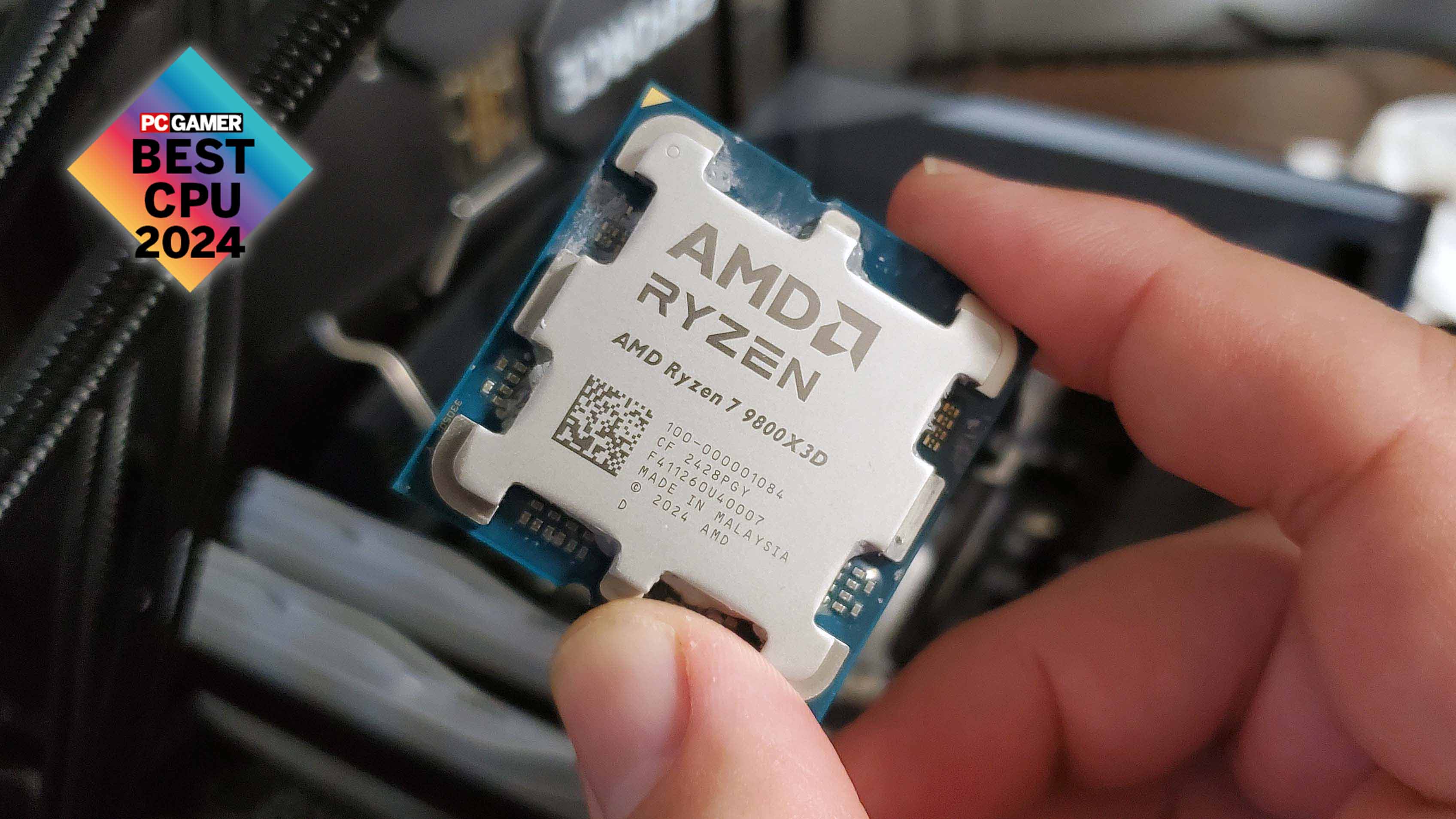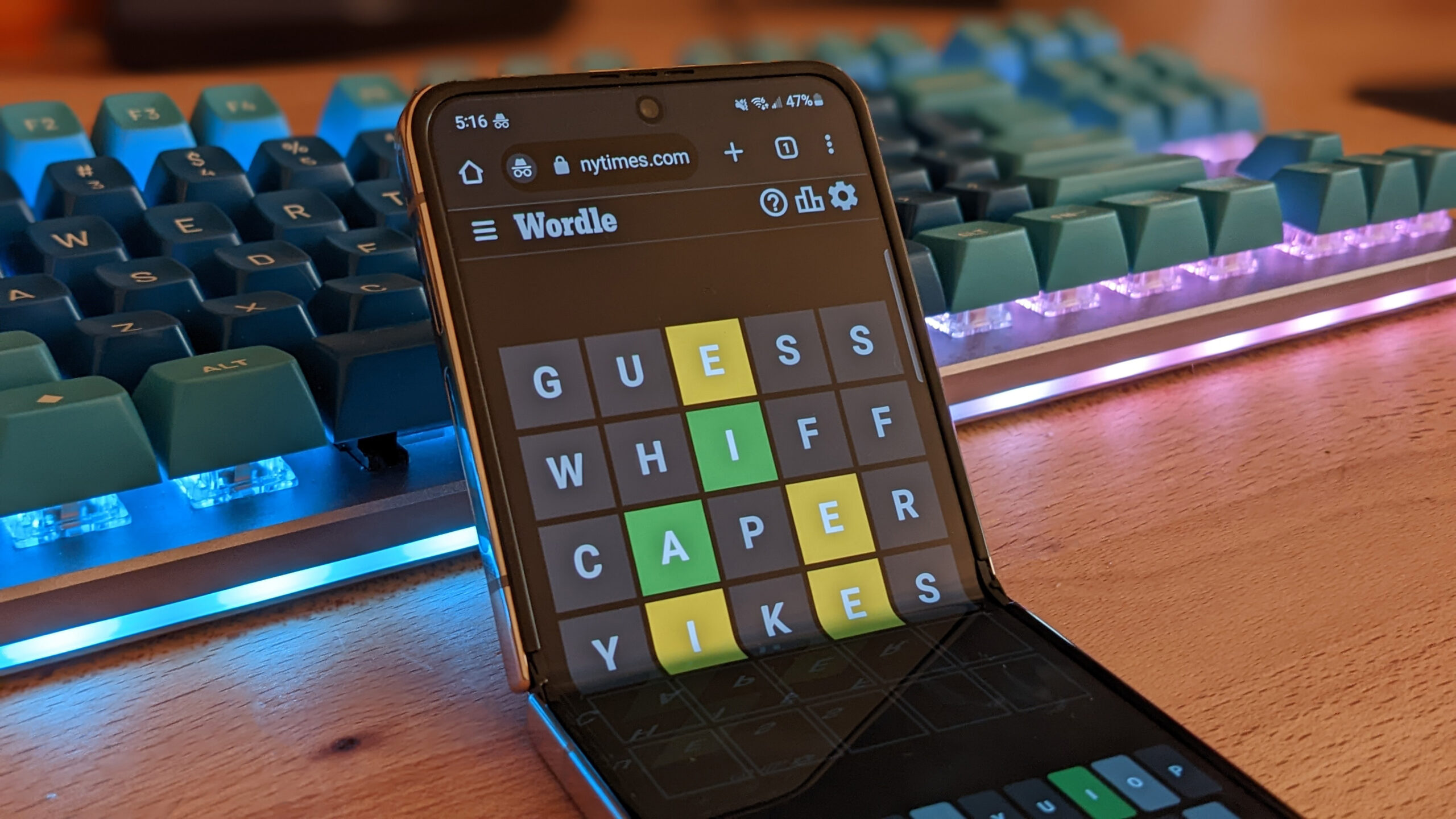Almost immediately after the launch of its Arrow Lake desktop CPUs in October 2024, Intel said it would work on producing firmware and software updates to improve its lacklustre performance. The likes of the Core Ultra 9 285K not only ran games slower than Raptor Lake chips, the previous generation of processors, but also worse than Intel’s claimed internal results.
Near the end of December, Intel released a report on what it had identified as going wrong with Arrow Lake and what fixes were coming to solve them all. So, as we approach the three-month mark since the Core Ultra 200S series of CPUs first appeared, I wanted to see just how much better things are.
To that end, I’ve used an MSI MAG Z890 Tomahawk WiFi motherboard, sporting the latest 1.A70 BIOS and all of Intel’s most current drivers. I’m also using Windows 11 24H2, as some of the fixes are embedded within operating system updates.
In terms of RAM and GPU, it’s the exact same setup I used when I first checked out the Core Ultra 9 285K in this MSI motherboard: 32 GB of DDR5-6000 CL32 and a GeForce RTX 4070. Enough jibber-jabber, let’s go through all the new results with our CPU gaming benchmark suite.
Cyberpunk 2077
Since October of last year, Cyberpunk 2077 has been patched six times, so some of the changes you can see might be down to that. But even if they are, the 285K does run our CP2077 benchmark a little better than before, with an uplift of 15% and 12% to the average and 1% low frame rates respectively.
It’s not a huge increase but it’s better than nothing, and free performance is free. And it’s also on par with the Ryzen 7 9800X3D, though still slower than the Core i9 14900K with the 1% lows. At least we’re off to a good start with the updates!
Baldur’s Gate 3
Well, this is disappointing. That 2% increase in the average frame rate isn’t worth shouting about, especially in the face of the significant 19% decrease in the 1% lows. I’ve checked those figures multiple times but that performance deficit doesn’t change.
Compared to the Ryzen 7 9800X3D, the Core Ultra 9 285K looks ridiculously weak in this test, and while it’s not much slower than the 14900K, with regards to the average frame rate, the 1% low figures are 32% lower.
Why this is happening isn’t clear and I can’t identify anything specific, using my usual performance analysis tools (PIX on Windows, Nsight Systems), that suggests what the problem is. I suspect Windows 11 24H2 might have something to do with it, as I’ve noticed that minimum frame rates across multiple test PCs have all dropped with the OS update.
Homeworld 3
Homeworld 3 falls the same pattern as seen with Baldur’s Gate 3—the average frame rate is a little better but the 1% lows are worse. The Core Ultra 9 285K isn’t too far behind its predecessor, but once again, the 9800X3D makes a mockery of them both.
So far, then, we’re 1-2 in terms of gains and losses with the Arrow Lake updates affecting game performance. This isn’t looking all that great, yes?
Metro Exodus Enhanced
Enter stage left, Metro Exodus Enhanced to save the day! Admittedly, it’s only a 9% improvement to the average frame rate and the 1% lows are just 5% better, but the 285K is now faster than the 14900K!
Well, the 14900K as it was back in August, which was when we last tested that power-monching monster. Meanwhile the 9800X3D is just sitting there, waving its 3D V-Cache at them both and going nyer-nyer.
Total War: Warhammer 3
Oh dear. Oh, this isn’t good at all. That’s a 20% improvement to the average frame rate but at a cost of an enormous 37% decrease to the 1% lows. And before you ask, I checked those figures time and time again, with system reboots, driver installs, and even a spot of cheating in the form of overclocking to see if there was something I’ve missed.
There wasn’t—the 285K really is goosed in Total War: Warhammer 3 with all the latest BIOS, driver, and OS updates. The 9800X3D’s 1% lows are 97% better. Ninety seven.
Factorio
Strictly speaking, our Factorio test isn’t quite a full test of the game itself. Instead, we use a benchmark script on a massive, complex map that just runs the game’s engine minus all rendering, over 5,000 cycles. It’s a fantastic test for how good a CPU’s last-level cache is (L3 in the case of these chips) and it’s one that AMD’s 3D V-Cache just loves.
With a 23% decrease in the processing time, you’d think that this is some good news for Arrow Lake but it’s not really. That’s because the initial time of 33.3 seconds was due to a BIOS issue with the MSI motherboard, that eventually got resolved late last year.
That time of 25.5 seconds just puts it in line with the Asus ROG Maximus Z890 Hero I used for the initial review of the Core Ultra 9 285K. In other words, the chip performed no better in our Factorio test than it did four months ago.
Intel Application Optimizer
One thing that Intel noted in its report about Arrow Lake’s performance was that a missing power profile meant that its thread scheduling software (Intel Application Optimizer, APO) just didn’t work as intended.
It only works with games that Intel has specifically tested and tweaked the scheduler for, and in this case, it’s just Cyberpunk 2077, Metro Exodus Enhanced, and Total War: Warhammer 3. We don’t include APO results in our processor reviews to keep things fair but any PC gamer with an Arrow Lake should be using it.
Or maybe not, if my test results are anything to go by. Who wants an 11% drop in the 1% lows in Cyberpunk 2077? And if it’s not doing anything to help in Metro Exodus, why bother using it? At least it did help out in Warhammer 3, to the tune of 11% in the 1% lows.
Just as with the other tests, I reran the APO checks multiple times and used different power profiles to see if it would make a difference. Well, it didn’t.
Arrow Lake in January 2025
I’ve only tested six games but it’s clear that for these specific ones, Intel’s fixes and Microsoft’s Windows updates have barely made any difference and in some cases, it’s made things significantly worse.
There are probably games out there that are markedly better now but I’m doubtful that Arrow Lake is ever going to be as good as Intel first claimed when it launched the CPU architecture.
But what really isn’t helping matters is the fact that the ‘best’ Arrow Lake is hugely expensive.
If you head over to Amazon right now, you’ll see that the Core Ultra 9 285K costs $600. With no movement in the price tag since launch, there’s no reason for me to change my recommendation about the processor, i.e. it’s just not worth buying it.

Arrow Lake is good for content creation and productivity applications—I’ve retested the 285K in Cinebench 2024, Blender, 7zip, and Handbrake and while there’s no improvement worth noting, it’s still just as strong as it was.
But for gaming? It’s not great and the far cheaper Core Ultra 7 265K ($372 at Amazon) would be the sensible choice to pick if one absolutely must have an Arrow Lake processor. It’s just as fast as the 285K in games, bar a few fps here and there, and it’s not much slower in content creation as it only has four fewer threads.
The obvious choice when you’re spending this kind of money for gaming, though, is the Ryzen 7 9800X3D. However, the demand is so high, that it’s hard to find one at a sensible price right now. But that doesn’t mean one should turn to Arrow Lake—instead, just be patient and wait for stocks to improve.
That will surely happen sooner than the Core Ultra 200S becoming a decent gaming chip, at this rate.











